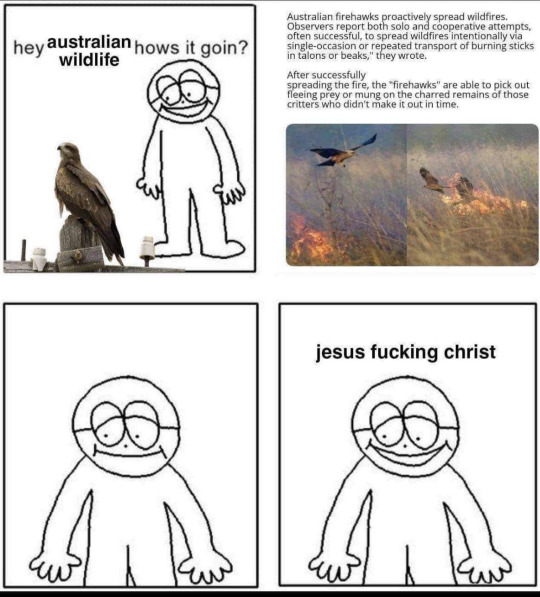#conservation
Text
By studying calcifying organisms, Leanne aims to better understand the impacts of human activity on marine ecosystems. Through her research, she hopes to influence policy that helps protect marine calcifiers in the future.
“Why is this important? The idea is that the more porous the shell, the weaker it is. Mussels need strong, robust shells to protect their inner soft organs—and that strong 3D structure is important for ecosystem function as habitat formers and storm defenses.
Currently, the changes seen in shell porosity are not large enough to influence the material properties, so we aren’t seeing weaker shells just yet. But with further warming in our oceans being predicted, this could potentially lead to even more porous shells, potentially impacting mussels’ function as habitat formers and storm defenses, as well as their ability to protect themselves from predation,” Melbourne explains.
Learn more about her research here.
#science#museum#amnh#natural history#nature#marine biology#marine ecosystem#mussels#bivalve#did you know#fact of the day#research#women in stem#climate change#conservation#earth month#earth day
187 notes
·
View notes
Text
#furry character#azula#boruto#conservation#rose mcgowan#vinland saga#seventeen scenarios#bd/sm rope#grafitti#candid shorts#Godzilla
128 notes
·
View notes
Text

"I should have known not to trust Valentino"
Just my top ten clips from this little thingy. I'm in love with these three <3
This and much more on my charity Patreon
The charity of April 2024 is going to be Committee Against Bird Slaughter
Unfortunately poaching of migratory songbirds is still going on in numerous countries despite it being unlawful. CABS forms bird protecting camps where volunteers go out there to locate poachers and their traps. From the very beginning they have specialized in the work against bird poaching - a small but important field of activity in the field of environmental protection. They are the only European organisation with this specialization and they are active in most hot spots of migratory bird hunting in the Mediterranean basin.
You can read more about their work here and here you can find their annual report for 2023 (some of the images may be disturbing, dead birds ahead so beware)
#tf2#team fortress 2#freak fortress#christian brutal Sniper#christian brutal spy#christian pure spy#CBS#CPS#animatic#tf2 spy#tf2 sniper#bloodysuit#knifeprty#k90#charity#conservation
54 notes
·
View notes
Text
Oh boy I'm getting within shooting range of 1000 followers! That makes me happier than a shoebill in a swamp!

I kinda wanna do something special for 1000 subs. What should I do?
45 notes
·
View notes
Note
Could you do the desert long eared bat if possible? 🥺 My favorite little weirdos
I'd be happy to!
Today's Bat: Desert Long-Eared Bat

Environmental Impact: The Desert Long-Eared Bat favors the arid regions of northern Africa and the Arabian Peninsula, where they fly low to the ground and echolocate for insects. Their main food source is thought to be arachnids (more on this later). Because of the lack of vegetation in their dessert habitat, they often roost on rock faces or in human-made buildings. Their conservation status is currently unknown, but they're incredibly well-adapted to their habitats.
🦇🦇🦇/5
Beauty: The white fur on this species is quite striking, especially when paired with the pinkish coloration of their skin. I imagine them in their female-only roosts, discussing which brands of purple shampoo they like best. Additionally: holy moly, those ears are satellite dishes; truly a sign of bat beauty.
🦇🦇🦇🦇🦇/5
Power: Unpinning the arachnid point from earlier: Desert Long-Eared Bats have been observed shaking off the stings of scorpions as they hunt, which leads researchers to believe that the bats are immune to the scorpions' venom. This, plus their ability to fall easily into and out of torpor with desert temperature fluctuations, make them a truly formidable and resilient bat.
🦇🦇🦇🦇🦇/5
Overall: I'm really a fan of these cuties! Even if they weren't cute as a button, I'd admire them for their crusade against the scariest kind of bug I can think of.
🦇🦇🦇🦇🦇/5
(Today's sources: Animalia, EuroBats, GBIF)
25 notes
·
View notes
Text
Earth Day 2024 🌳 While researching his role as the conservation-minded Dr Astrov in Uncle Vanya, Richard went to Tring Park in Hertfordshire to help with a Woodland Trust project to plant one million trees in a day. “Sometimes people think these exercises are irrelevant or pretentious," he told the Radio Times in June 2021, "but as well as being a fun day out, I found it really useful.”
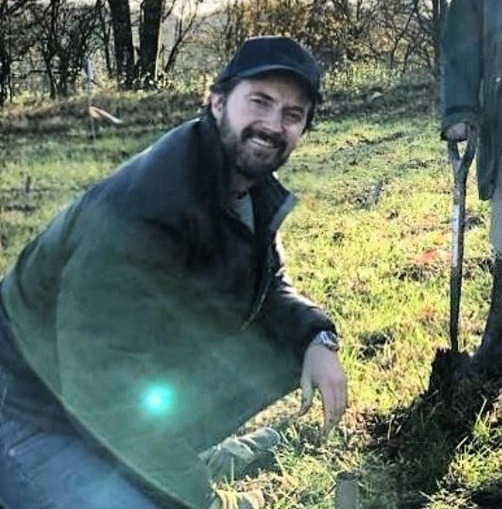
#richard armitage#earth day#April 22 2024#Dr Mikhail Astrov#uncle vanya#conservation#research#Woodland Trust
19 notes
·
View notes
Text
Im fucking sobbing looking at the new black footed cat at Utah's Hogle zoo
Shes just a fucking baby

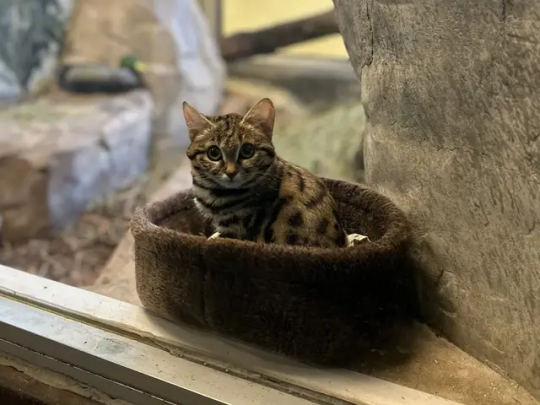
Baby with a 60% successful kill rate
#wrenfea.article#theres a video in the article#her name is gaia and shes 8 months#shes part of the AZA breeding program#i now have a reason to visit utah#leetle baby gorl#black footed cat#conservation news#conservation#zoos#animals#also the highest successful kill percentage for big cats is like. 25%#so 60% is fucking crazy
50K notes
·
View notes
Text

WELCOME BACK YELLOW-CRESTED HELMETSHRIKE!!!
25K notes
·
View notes
Text
"In one of Africa’s last great wildernesses, a remarkable thing has happened—the scimitar-horned oryx, once declared extinct in the wild, is now classified only as endangered.
It’s the first time the International Union for the Conservation of Nature (IUCN), the world’s largest conservation organization, has ever moved a species on its Red List from ‘Extinct in the Wild’ to ‘Endangered.’
The recovery was down to the conservation work of zoos around the world, but also from game breeders in the Texas hill country, who kept the oryx alive while the governments of Abu Dhabi and Chad worked together on a reintroduction program.
Chad... ranks second-lowest on the UN Development Index. Nevertheless, it is within this North African country that can be found the Ouadi Rimé-Ouadi Achim Faunal Reserve, a piece of protected desert and savannah the size of Scotland—around 30,000 square miles, or 10 times the size of Yellowstone.
At a workshop in Chad’s capital of N’Djamena, in 2012, Environment Abu Dhabi, the government of Chad, the Sahara Conservation Fund, and the Zoological Society of London, all secured the support of local landowners and nomadic herders for the reintroduction of the scimitar-horned oryx to the reserve.
Environment Abu Dhabi started the project, assembling captive animals from zoos and private collections the world over to ensure genetic diversity. In March 2016, the first 21 animals from this “world herd” were released over time into a fenced-off part of the reserve where they could acclimatize. Ranging over 30 miles, one female gave birth—the first oryx born into its once-native habitat in over three decades.
In late January 2017, 14 more animals were flown to the reserve in Chad from Abu Dhabi.
In 2022, the rewilded species was officially assessed by the IUCN’s Red List, and determined them to be just ‘Endangered,’ and not ‘Critically Endangered,’ with a population of between 140 and 160 individuals that was increasing, not decreasing.
It’s a tremendous achievement of international scientific and governmental collaboration and a sign that zoological efforts to breed endangered and even extinct animals in captivity can truly work if suitable habitat remains for them to return to."
-via Good News Network, December 13, 2023
#chad#abu dhabi#north africa#rewilding#endangered species#conservation#zoology#conservation biology#oryx#good news#hope#texas#big game#animals#endangered#environmentalism#environmental science#zoo#zoos#zoo animals
24K notes
·
View notes
Text
Golf Courses ARE Being Converted
The Solarpunk "fantasy" that so many of us tout as a dream vision, converting golf courses into ecological wonderlands, is being implemented across the USA according to this NYT article!
The article covers courses in Michigan, Pennsylvania, California, Colorado, and New York that are being bought and turned into habitat and hiking trails.

The article goes more into detail about how sand traps are being turned into sand boxes for kids, endangered local species are being planted, rocks for owl habitat are being installed, and that as these courses become wilder, they are creating more areas for biodiversity to thrive.
Most of the courses in transition are being bought by Local Land Trusts. Apparently the supply of golf courses in the USA is way over the demand, and many have been shut down since the early 2000s. While many are bought up and paved over, land Trusts have been able to buy several and turn them into what the communities want: public areas for people and wildlife. It does make a point to say that not every hold course location lends itself well to habitat for animals (but that doesn't mean it wouldn't make great housing!)
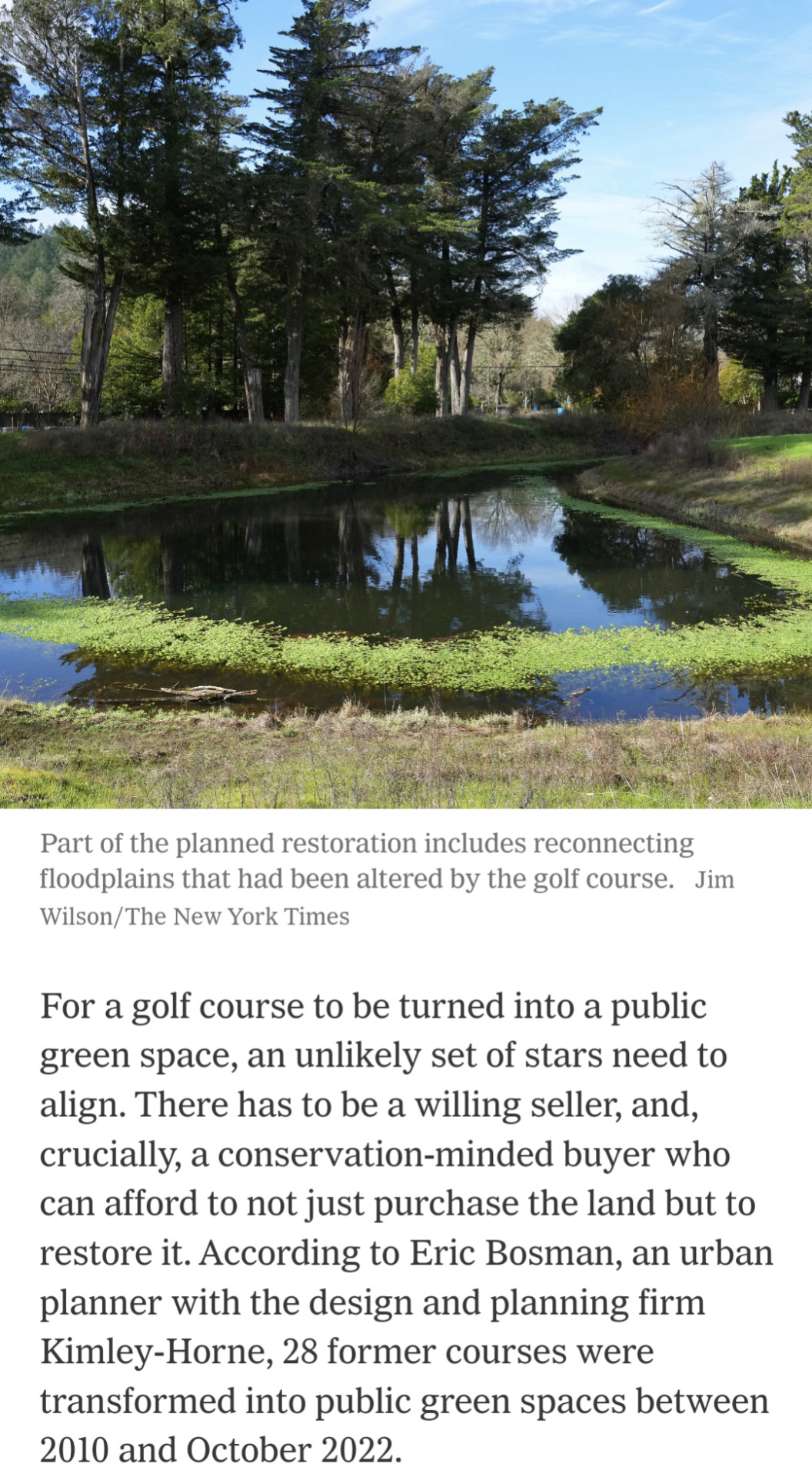
So lets be excited by the fact that people we don't even know about are working on the solutions we love to see! Turning a private space that needs thousands of gallons of water and fertilizer into an ecologically oriented public space is the future I want to see! I can say when I used to work in water conservation, we were getting a lot of clients that were golf courses that were interested in cutting their resource input, and they ended up planting a lot of natives! So even the golf courses that still operate could be making an effort.
So what I'd encourage you to do is see if there's any land or community trusts in your area, and see if you can get involved! Maybe even look into how to start one in your community! Through land trusts it's not always golf course conversions, but community gardens, solar fields, disaster adaptation, or low cost housing! (Here's a link to the first locator I found, but that doesn't mean if something isn't on here it doesn't exist in your area, do some digging!)
#solarpunk#sustainability#climate change#gardening#activism#hope#climate justice#news#new york times#golf courses#habitat#conservation
14K notes
·
View notes
Photo

I’ve seen a few ~aesthetic~ photos of rock stacks in rivers recently and this is just a reminder that you are destroying habitat when you move rocks around in rivers and streams.
In addition to dragonfly nymphs, rocky river beds are home to lots of other larval invertebrates like damselflies, mayflies, water beetles, caddisflies, stoneflies, and a bunch of dipterans. Not to mention lots of fish and amphibians!
Plus large scale rock stacking can change the flow of a stream and lead to increased erosion.
Anyway dragonfly for admiration:
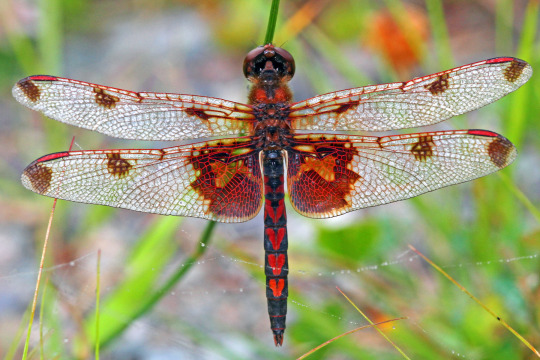
Calico pennant by nbdragonflyguy
39K notes
·
View notes
Text
If you aren't following the news here in the Pacific Northwest, this is a very, very big deal. Our native salmon numbers have been plummeting over the past century and change. First it was due to overfishing by commercial canneries, then the dams went in and slowed the rivers down and blocked the salmons' migratory paths. More recently climate change is warming the water even more than the slower river flows have, and salmon can easily die of overheating in temperatures we would consider comfortable.
Removing the dams will allow the Klamath River and its tributaries to return to their natural states, making them more hospitable to salmon and other native wildlife (the reservoirs created by the dams were full of non-native fish stocked there over the years.) Not only will this help the salmon thrive, but it makes the entire ecosystem in the region more resilient. The nutrients that salmon bring back from their years in the ocean, stored within their flesh and bones, works its way through the surrounding forest and can be traced in plants several miles from the river.
This is also a victory for the Yurok, Karuk, and other indigenous people who have relied on the Klamath for many generations. The salmon aren't just a crucial source of food, but also deeply ingrained in indigenous cultures. It's a small step toward righting one of the many wrongs that indigenous people in the Americas have suffered for centuries.
#salmon#dam removal#fish#animals#wildlife#dams#Klamath River#Klamath dams#restoration ecology#indigenous rights#Yurok Tribe#Karuk Tribe#nature#ecology#environment#conservation#PNW#Pacific Northwest
12K notes
·
View notes
Text

BREAKING: New Jaguar Just Dropped!
A Center for Biological Diversity analysis of a trail camera detection by wildlife enthusiast Jason Miller confirms we have a new jaguar in Arizona, making it the 8th jaguar documented in the U.S. Southwest in the past 3 decades.
The rosette pattern on each jaguar is unique, like a human fingerprint, and it enables identification of specific animals. The pattern shows this jaguar is not Sombra or El Jefe, two jaguars who have roamed Arizona in recent years.
Jaguars once lived throughout the American Southwest, with historical records on the South Rim of the Grand Canyon, the mountains of Southern California and as far east as Louisiana. But they virtually disappeared from this part of their range over the past 150 years, primarily due to habitat loss and historic government predator control programs intended to protect the livestock industry.
Read more: https://biodiv.us/3RORtQp
8K notes
·
View notes
Text
It *is* a problem that charismatic species are often focused on for conservation at the expense of less charismatic but important species, but threatened species that are the subject of a lot of public outreach and education are also typically strategically selected.
I suspect that monarch butterflies are an example of this. Milkweed is a highly valuable plant for pollinators and a host plant for like. 400+ insect species. Getting people to plant it to save monarchs is funny because you're essentially finessing people into saving a ton of other insects that they wouldn't ordinarily care about
42K notes
·
View notes
Text
Yo this rules and is genuinely uplifting
16K notes
·
View notes
